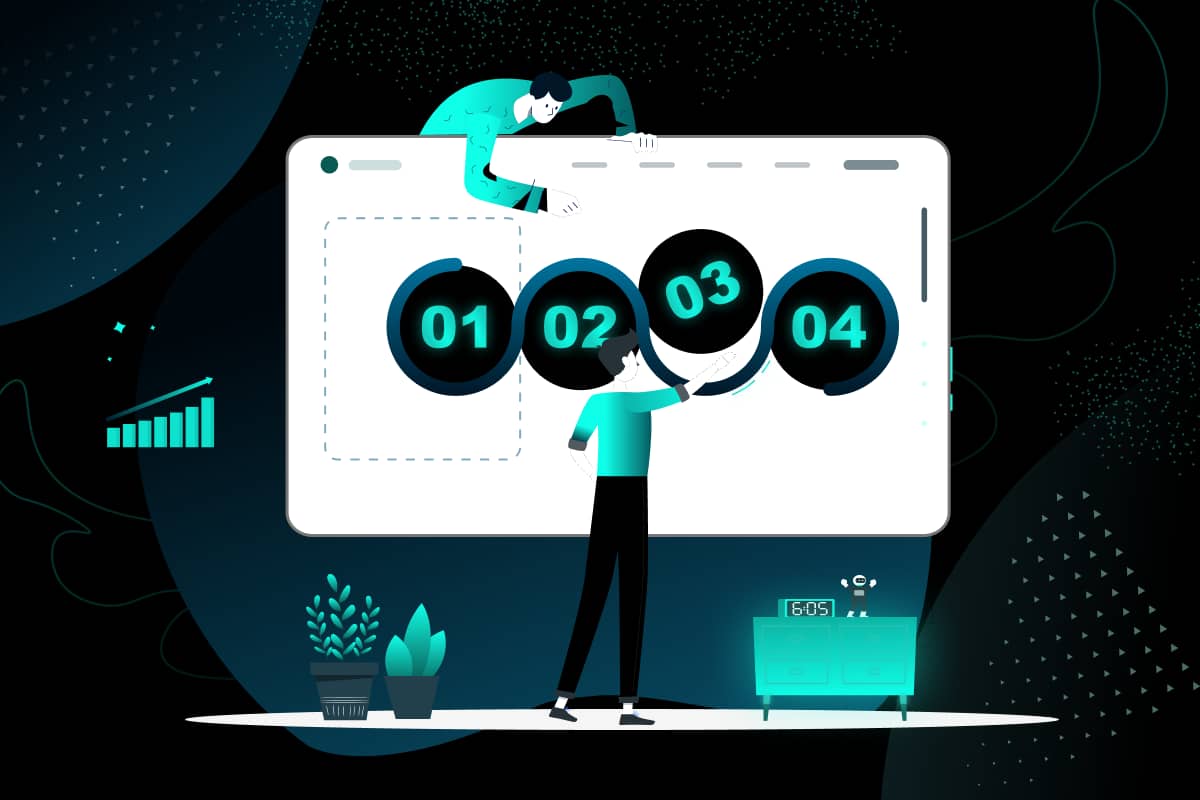In the rapidly evolving world of e-commerce, lead generation is a crucial factor for the success of online businesses. To attract and convert potential customers, it is essential to create a seamless user experience (UX) that engages visitors and encourages them to take action. Implementing effective UX design practices in e-commerce can significantly impact lead generation and ultimately drive business growth.
E-commerce trends are constantly evolving at a rapid pace. While some trends may be fleeting fads, others could indicate a tectonic shift in modern business.
Customers are more selective and discerning than ever before. According to Adobe, 38% of online shoppers will abandon a website if the design is unappealing. That is why companies strive to create a clear and easy website to make the shopping experience as simple as possible.
This article will explore how e-commerce UX generates more leads and discuss some best practices in UX design for e-commerce.
What is E-commerce UX (User Experience)?
The main notion of standard user experience (UX) design is to go inside your end user’s head and figure out what would give them an easy, rational, and delightful buying experience.
However, e-commerce UX is all about a consumer’s perception after interacting with your website, whether favorable or negative. Around 76 out of every 100 visitors depart their cart when they’re not impressed. Making a good first impression is critical, whether it’s for the first, second, or hundredth time.
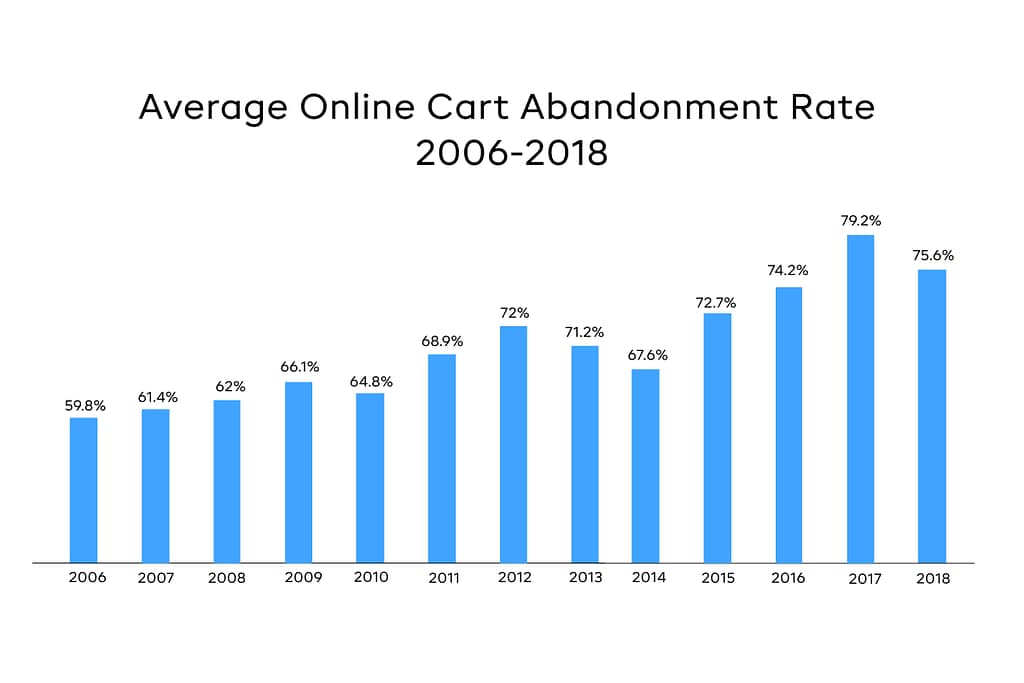
Consider strolling into a traditional hardware store. You’re hunting for something difficult to find. When you call for help, you encounter a customer service representative who is either playing a game or busy texting on their phone.
What would your reaction be? Annoyed? Disheartened? You’d probably leave! These emotions apply to online businesses as well. The growth in cart abandonment results in massive revenue loss.
Here’s an example to demonstrate:
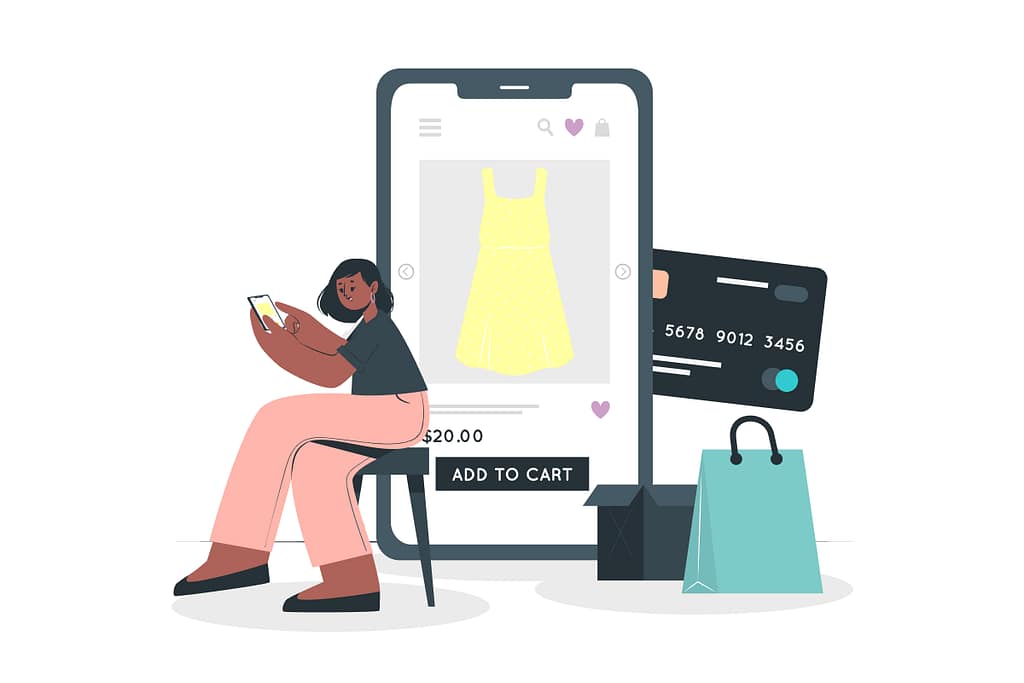
Amazon.com is known as the “Godfather of Ecommerce.” The million-dollar enterprise is well-known for its A/B testing methodology for its shopping cart. Even after creating a very cluttered website, the company continues to improve.
What is their strategy?
First, they prioritized top billing. From pricing to discounts, user reviews and ratings, and even product availability, Amazon immediately provides the most important information.
They then highlighted the “buy button” by placing it on a different colour background. Amazon even began free shipping services, which has become one of the most compelling reasons for people to shop. Amazon has totally overcome the problem of quick gratification that plagues online shopping.
E-commerce UX drives conversion.
According to Amazon CEO Jeff Bezos, if you create a wonderful experience, people will tell others about it. The power of word of mouth is has a huge impact and is significantly effective.
Besides the aesthetic appeal, UX design for e-commerce is critical to the success or failure of any e-commerce activity.
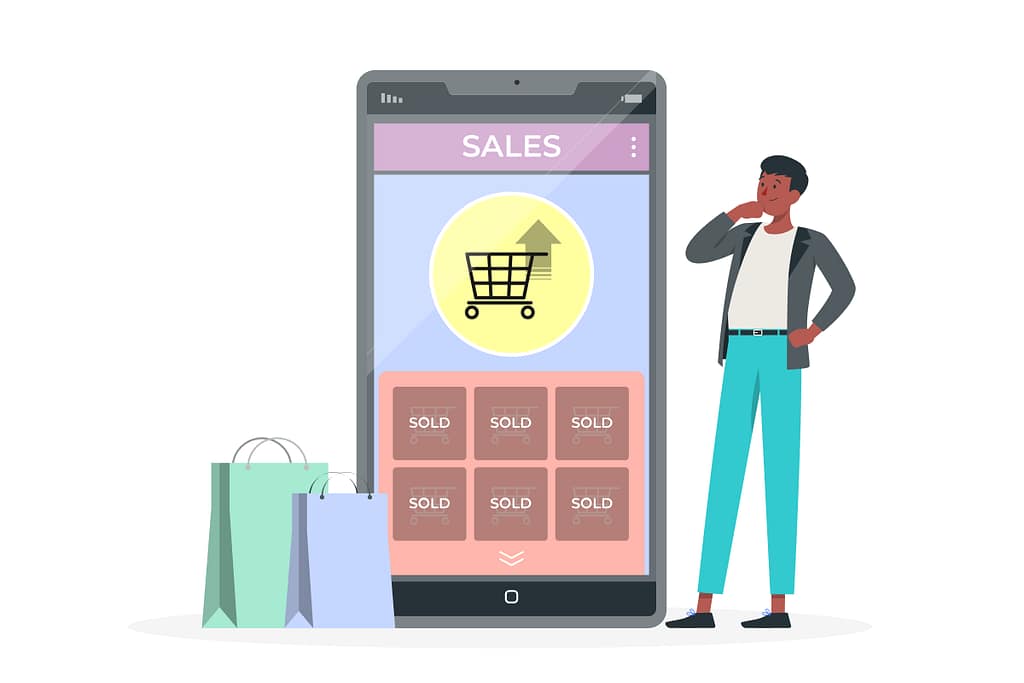
Everything from rigorous logic and transitions to simple and clear micro-interactions, quick system feedback, beautiful product display, simple payment flow, and a slew of intuitive features can impact your e-commerce lead generation game directly or indirectly.
Some of the fundamental but critical variables to consider are:
- Simplicity in operation.
- A design that does not override the e-commerce site.
- Product marketing.
- Data security for users.
- Appropriate graphic elements like menus and catalogues
A poor user experience is akin to entering a disorganized retail establishment, So you need to make it easier for customers to buy your items, not harder.
How to Survive User Expectations
“The key is to set realistic customer expectations, then exceed them preferably in unexpected and helpful ways.” – Sir Richard Branson.
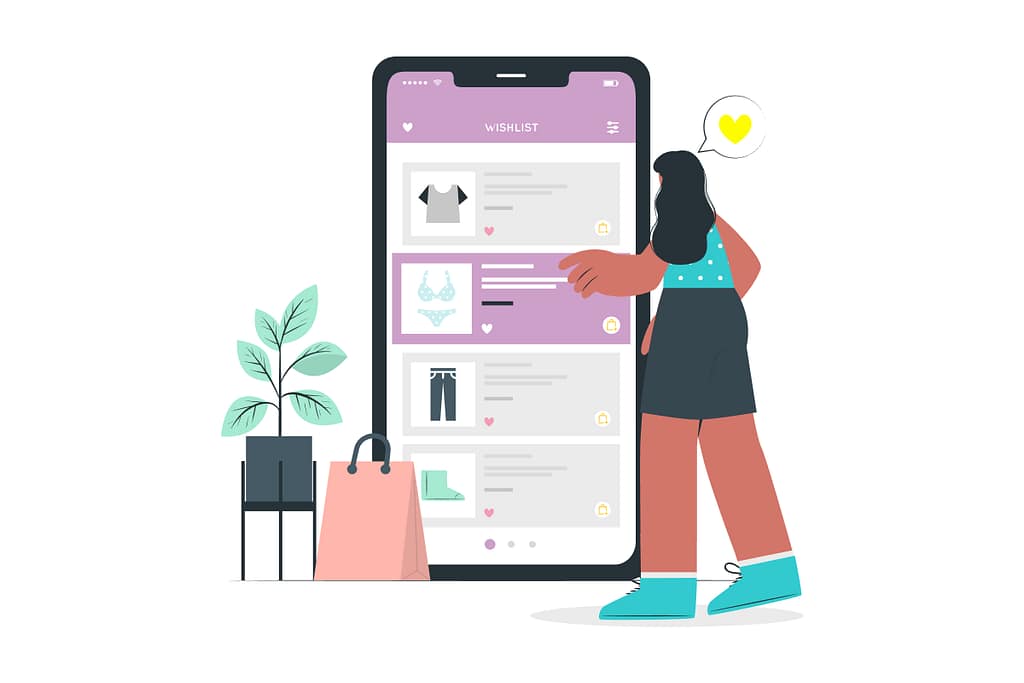
Don’t let your competition outmanoeuvre you by ignoring this important business stage. Your competition is on every digital platform, making them a simple Google search away, and customers can easily switch brands for the next trending thing.
Furthermore, customers function as brand champions in the current context, widely promoting their products and services. So, you must conduct user research to discover their needs, fulfil or even surpass their expectations, and provide the finest experiences by implementing the e-commerce UX best practices.
In this day of limitless possibilities, here are a few tips to help you better connect with your clients.
1. Maintain an updated and accurate webpage.

E-commerce stores aren’t simply supposed to be constructed; they’re also meant to be maintained and upgraded. Here are a few key points that must be considered:
- Stay updated with the trending UX designs for e-commerce
- Create a website that is mobile-friendly.
- Keep your content up to date.
Customers expect information such as whether a product is in stock or how long it will take to ship, as well as customer reviews, to be conveniently available. One of the biggest turn-offs for buyers is when a product appears to be in stock but then disappears when they try to checkout.
2. Provide the necessary information in an appealing manner.
We constantly look for solutions to improve our prospects. So, make sure your website answers any general questions about your company, products, and return policies. Keep in mind that surprise and delight must be the desired consequence.
3. Provide a simple and smooth experience.
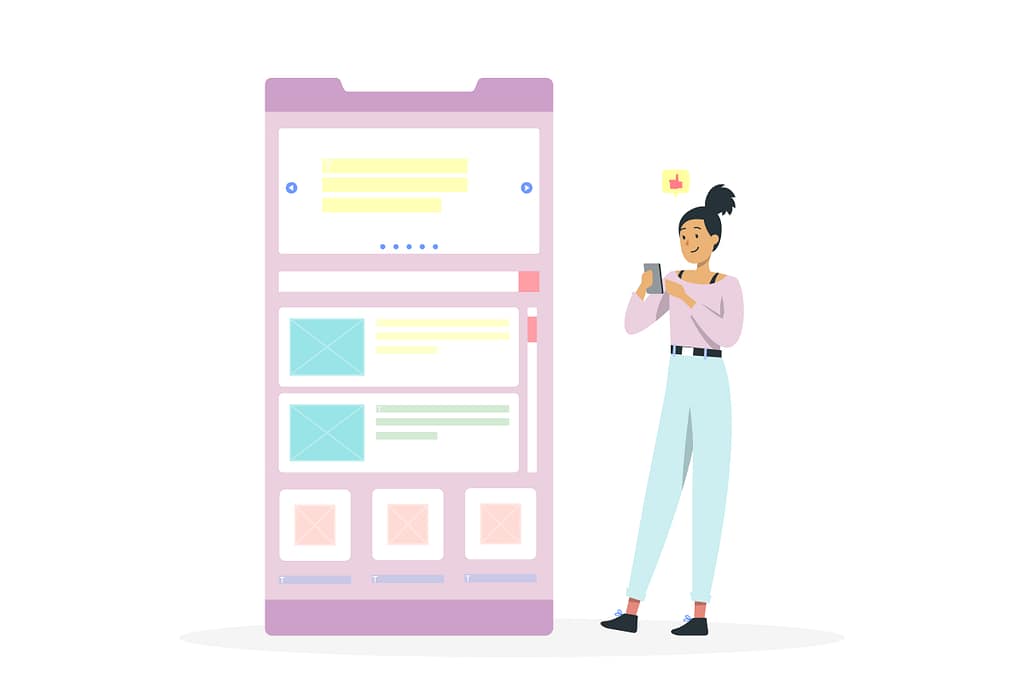
If you already have a physical site, ensure the experience is well-integrated to generate more e-commerce leads. Consider providing options that allow users to simply return things purchased online to a physical store. Any opportunity to save your clients’ time is a victory for your online business.
4. Users and Google, too, want quick responses.
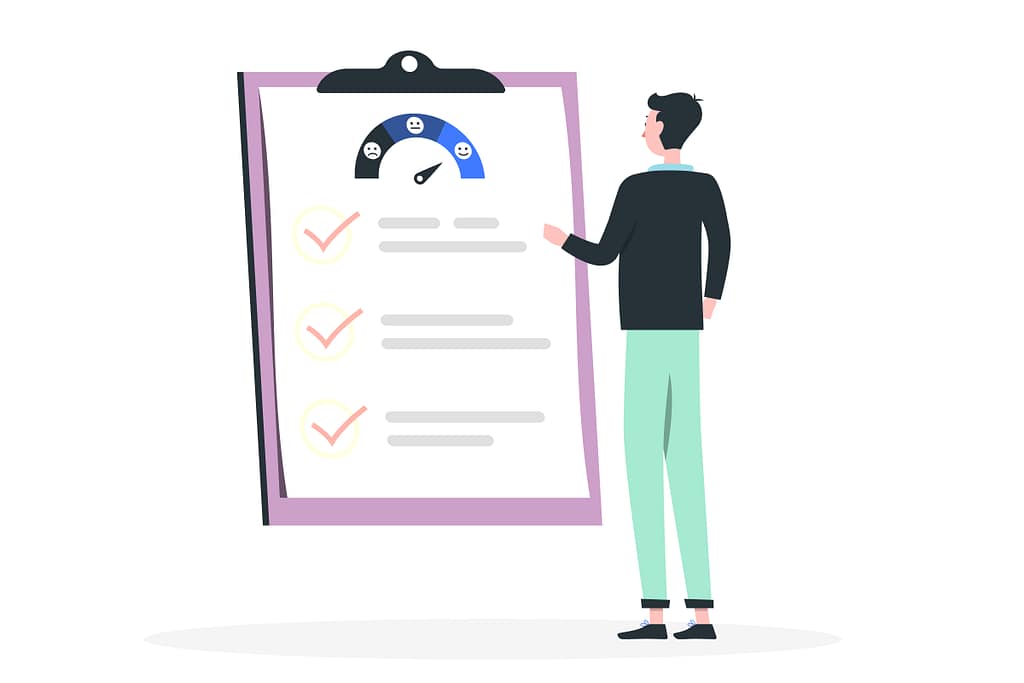
The acceptable time for an e-commerce website is 2 seconds. Google prefers websites with less than a half-second response time. Consumers want to get what they’re looking for quickly, or they’ll switch. Even Google considers page load speed when calculating your site’s ranking. According to various studies, if your page takes more than two seconds to load, 9.6% of visitors will leave. Every customer has a distinct value, which could result in large income losses.
- Make sure your site pages and graphics load quickly.
- Avoid having a high bounce rate; it is bad for SEO.
5. Ask for feedback frequently.
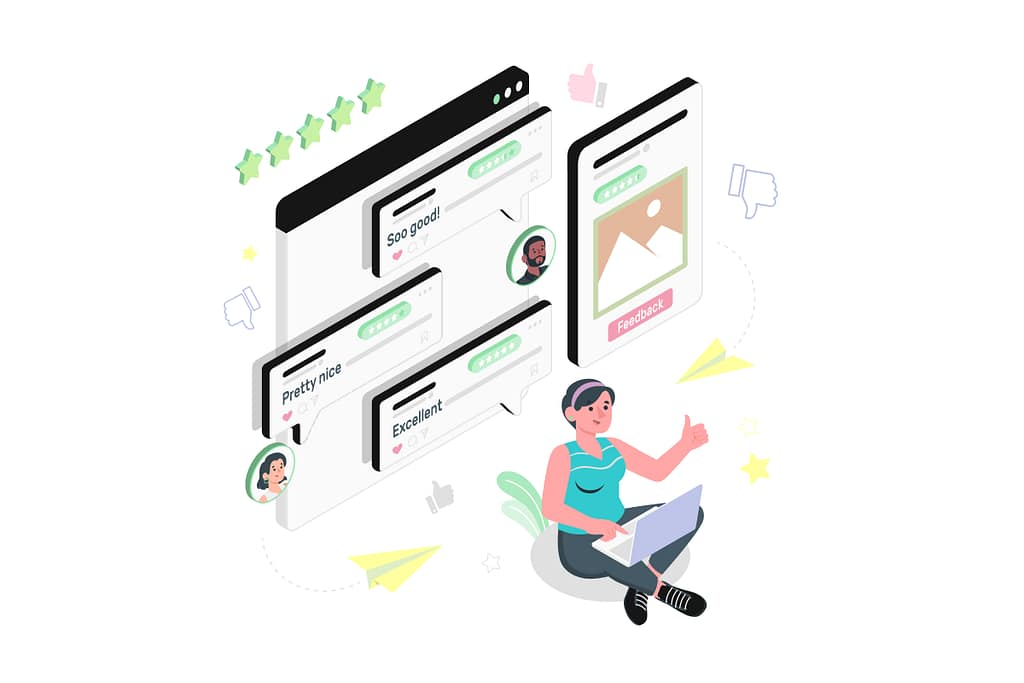
Customer satisfaction surveys are an essential activity for e-commerce lead generation. Before an issue arises, businesses should solicit customer feedback. You can incorporate feedback forms onto your website. This also demonstrates that you care about what your customers think or feel.
Overall, whether it’s about gaining new consumers or increasing loyalty, generating strong ROI in business is all about brand positioning and customer experience.
But do you know what the best part about all of this is? It provides results that will be uniquely satisfying for many years to come.
7 Best Tips for Ecommerce UX
1. Draw attention with eye-catching components.
People want to avoid exploring those hamburger (or slide-in) menus these days, so get rid of them as soon as possible, especially for mobile UX. Using these menus obscures important features and makes jobs more complex for the user.

Instead, concentrate on incorporating eye-catching aspects for your e-commerce UX. Product images or other content media (e.g., videos, social material, or user-generated content (UGC)) might accomplish this purpose in various innovative ways. Investigate your customer base to determine what draws them in and capitalize on that.
2. Simplify Navigation
One of the primary goals of e-commerce UX is to ensure that visitors can easily find what they are looking for. A well-designed navigation system with clear categories, filters, and search functionality simplifies the user journey, leading to higher engagement and improved e-commerce lead generation. Reducing the number of steps required to reach a product or service minimizes the chances of visitors abandoning the site before converting.
3. Take inspiration from simplicity.
Minimalism and maximalism are design concepts that are diametrically opposed, like yin and yang. They are incorporated in every known field of labour, beginning with literature, art, and scientific inquiry, regardless of how varied they are.
Digital media is no different. The focus of minimalist design is always on the product or a piece of text the company wants people to look at. Similarly, the homepage should focus on the brand’s feel, high-quality experience, or tone rather than exposition or information display.
4. Adopt a customer-centric approach.
Customers will fall in love with your company if you show them how amazing you are. Unfortunately, organizations are focusing on marketing rather than becoming more customer-centric.
Allow your consumers to speak for you! According to the Customer Experience Maturity Monitor survey, 81% of organizations that deliver excellent customer service and satisfaction outperform their competitors.
Overall, it all comes down to displaying true customer outcomes. Inquire about how their life or situation improved after using your product or service. Highlight your greatest testimonials and favourable customer reviews so that customers can accept your claim because real-time evidence is what matters today. You may convey a clear sense of your product’s advantages to consumers by incorporating factors such as pain areas, solutions, and outcomes.
5. Offer Streamlined Checkout Processes
The checkout process is a critical stage where potential customers can become frustrated and abandon their purchase. A smooth and intuitive checkout experience is paramount to increasing conversions and generating leads. E-commerce UX best practices dictate minimizing form fields, providing clear calls-to-action, and offering guest checkout options. Additionally, integrating trusted and secure payment gateways and providing progress indicators can instil confidence and reduce cart abandonment rates.
Provide a number of payment methods like- debit or credit card, Apple Pay, Google Pay/UPI and PayPal. According to surveys, 56% of respondents expect a variety of payment alternatives on the checkout page.
Remember these few tips as well-
- Forcing folks to sign up is a huge conversion rate killer.
- Your checkout page should have a consistent appearance and feel.
- Keep minimal form fields.
- Stop directing customers to other websites to make payments.
- Give assurances about security and privacy.
6. Provide exceptional customer service online.
Of course, providing superior customer service may make it difficult to reduce the initial cost, but it will improve sales. Customer service is more crucial than anything else in your business because-
- It adds value.
- It fosters trust.
- It raises brand recognition.
- Lowers consumer churn.
- At times, service is more important than pricing.
- Customer Lifetime Value (CLV) and Return on Investment (ROI) increase.
7. Consider techniques to entice visitors to return to your website.
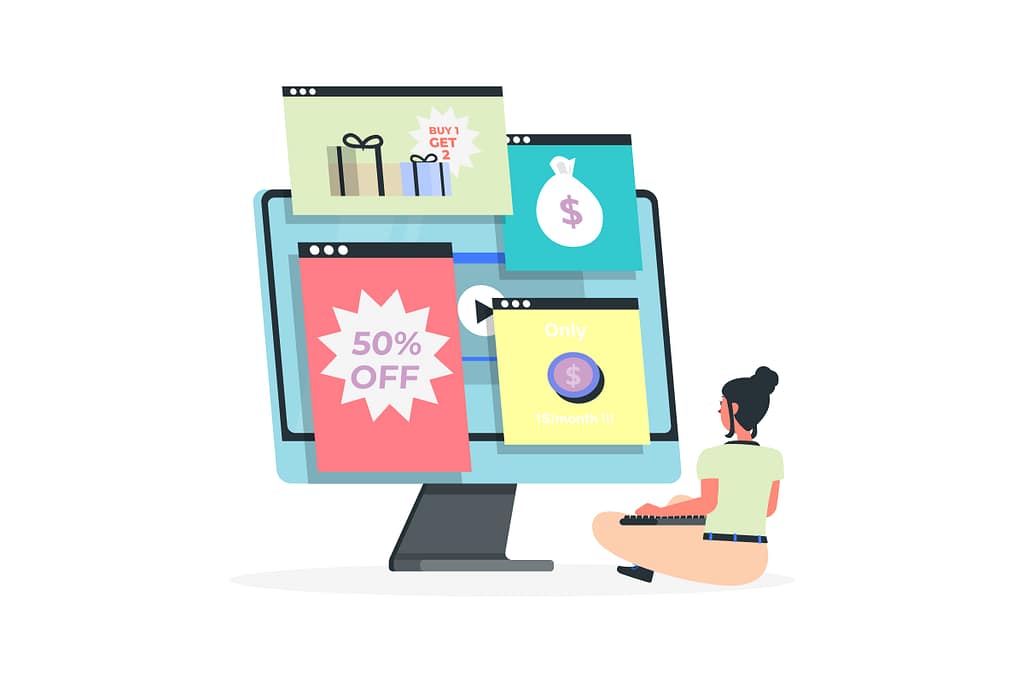
You’ve worked hard to build a strong company website, but now what? How can you increase the number of visitors and turn them into paying customers? How to keep instil brand loyalty and keep them returning?
Here are a few tips on enhancing client retention and transforming every consumer into a long-term brand supporter.
- Customize your website with customized featured sections, voice search, landing pages, or an email subscription pop-up.
- With extensive product details, highlight what’s new and popular.
- Don’t forget to thank your brand ambassadors.
- Give public recognition with the use of social media.
- Engage users regularly.
Whatever business you work in, you must provide your consumers with an easy-to-use, clean, and appealing website. Prioritizing user experience in e-commerce can have a profound impact on lead generation. Businesses can create a seamless and engaging user journey by implementing these eCommerce UX best practices.
Are you seeking an e-commerce UX expert to improve your e-commerce lead generation?

After reading this piece, you should understand how designing a successful e-commerce UX extends beyond the confines of your website. All you have to do is work hard to develop a complete, strategic plan to make your users’ experience smoother. Of course, every product and audience is unique, so it’s critical to conduct research and track adjustments to determine what works best for you.
But if you aren’t knowledgeable in this field and would like to acquire the expertise of a professional UX agency, then we at Wilson Wings are ready to lend you a hand. We specialize in delivering exceptional UX solutions tailored specifically for e-commerce businesses. We empower e-commerce lead generation with our deep understanding of e-commerce dynamics, iterative design process, and customized UX solutions. We stay updated on the new trends to adopt and incorporate into our UX designs for e-commerce.
You can count on us to create exceptional user experiences that drive lead generation, foster customer loyalty, and fuel business growth. With Wilson Wings as a trusted partner, e-commerce businesses can unlock their full potential in the digital marketplace. So, don’t hesitate to contact us today!




